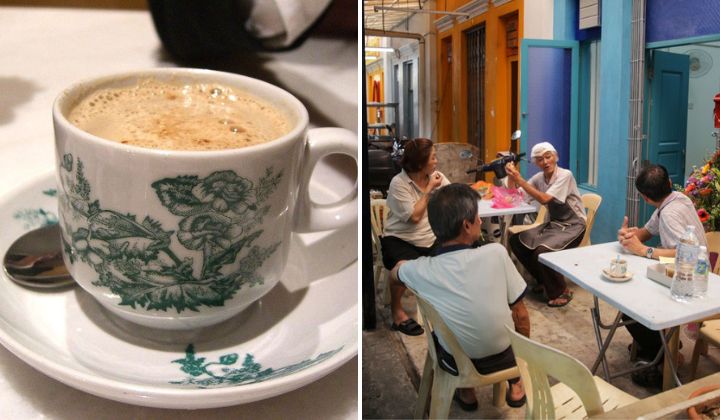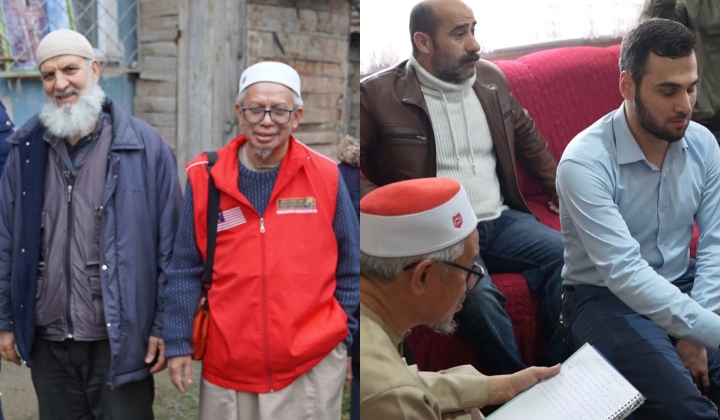It’s World Turkish Coffee Day! How Much Do You Know About The Coffee Culture In Turkey?
Coffee is such an integral part of Turkish culture that it’s even used in fortune telling.

Subscribe to our FREE Newsletter, or Telegram and WhatsApp channels for the latest stories and updates.
It’s World Turkish Coffee Day today (5 December)! Have you had your cup of Turkish coffee yet?
Turkish coffee is an essential part of Turkish traditions. It’s a drink that’s a social mediator; bringing people together whether in social or business settings.
Coffee is so ingrained in Turkish culture that it’s served as a welcome drink and it’s a critical part of wedding celebrations, engagements, and births.
It’s also in the Turkish language. The Turkish word for breakfast is “kahvalti,” and it means “before coffee.”
There’s a traditional Turkish proverb that highlights the importance of coffee to the Turkish culture, “Every cup of coffee carries 40 years of memories.” It’s an indication of the bond formed between two people who shared a cup of coffee.
You can read your fortune using coffee grounds
Interestingly, a fun part of Turkish coffee culture is often accompanied by fortune-telling called tasserography.
Similar to the way Professor Trelawney reads tea leaves in the Harry Potter franchise, enthusiasts can read fortunes using Turkish coffee grounds left in the cup after drinking.
The intention is to convey good news and offer a hopeful outlook for the future.
Here’s how to read your fortune:
- Finish your cup of coffee.
- Cover your cup with the saucer.
- Turn over the cup and saucer.
- Make a wish by touching the bottom of the cup with your index finger.
- Try to read your fortune based on the images you can see in the cup and on the saucer.
If you’re curious to try it out, here are some of the clues to help in your fortune reading:
- A double line means a journey to somewhere.
- A fish means good luck or kismet.
- A bird means there’s good news.
- An eye means someone’s evil eye.
- A peacock means money.
- A seahorse means an incredible fortune is coming your way.

How is Turkish coffee made?
Turkish coffee is prepared by brewing finely ground and powdered coffee beans in cold water in a unique pot called ‘Cezve.’
It would be boiled until it froths before being poured into coffee cups (fincan) to form a velvety foam on top.
What sets it apart is that Turkish coffee is poured into the cup with its grounds and is always served with a glass of water, Turkish delight, or other sweets.
Types of Turkish coffee
Turkish coffee can differ based on the way the coffee beans are ground and prepared in different regions.
The tradition of making Turkish coffee with mastic gum comes from the prevalence of mastic trees that can be found all over the Aegean region.
Menengic coffee is prepared by drying the beans of a Pistacia terebinthus tree, which is highly popular in Gaziantep, one of Turkiye’s cities in South Eastern Anatolia and the homeland of pistachios.
Dibek coffee, typically crushed in a stone mortar, has become popular as a unique Turkish coffee alternative due to its mild aroma and as a Turkish coffee that can be served with milk.
Meanwhile, Mirra coffee, often known as a solid and bitter coffee, is commonly preferred in Turkiye’s southeast districts Sanliurfa and Mardin.
Share your thoughts with us via TRP’s Facebook, Twitter, Instagram, or Threads.





